Resilience is the ability to face challenging times and adapt, even when everything feels against you and your life often feels like it’s been turned upside down. Life does not ask if we are ready for the tough moments; it just happens, often when we least expect it. From dealing with job loss and breakups to stress at work or sudden illness, those moments can feel overwhelming. I have found that building resilience helps me get through struggles and we always come out stronger afterwards, although not always in obvious ways.
 This article contains some affiliate links, which means that if you decide to buy, I may receive a small commission at no extra cost to you. As an Amazon Associate, I earn from qualifying purchases. This helps me keep The Creative Choice growing and free for readers. I appreciate your support. For more information, see our Affiliate Disclosure.
This article contains some affiliate links, which means that if you decide to buy, I may receive a small commission at no extra cost to you. As an Amazon Associate, I earn from qualifying purchases. This helps me keep The Creative Choice growing and free for readers. I appreciate your support. For more information, see our Affiliate Disclosure.
Resilience does not mean brushing off setbacks and pretending you are fine. That is consigned to fairy tales and the “Just think happy thoughts and all will be alright” mindset. Now, whilst I do advocate that you are in charge of your thoughts and you can choose how to react to situations, I also understand that there are times in life when our subconscious programming and negative automatic thoughts (NATs) (a term derived from Cognitive Behavioural Therapy or CBT) can take over and start running the show.
Resilience is about having the ability to find ways to adapt, cope and keep moving forward, even if you take the occasional grumpy detour or need an afternoon under a blanket – and who doesn’t every once in a while?!
We are all metaphorically sailing our own ship, which we have control over. We DON’T have control over the weather or the storms that come our way! But we can choose to stay at the helm and guide our vessel safely through, or abandon ship and watch it sink! If you want to feel steadier in times of adversity, you can learn habits and skills to help you bounce back. Everyone can develop more resilience with a bit of practice, a steady hand at the tiller, and a good sense of humour.
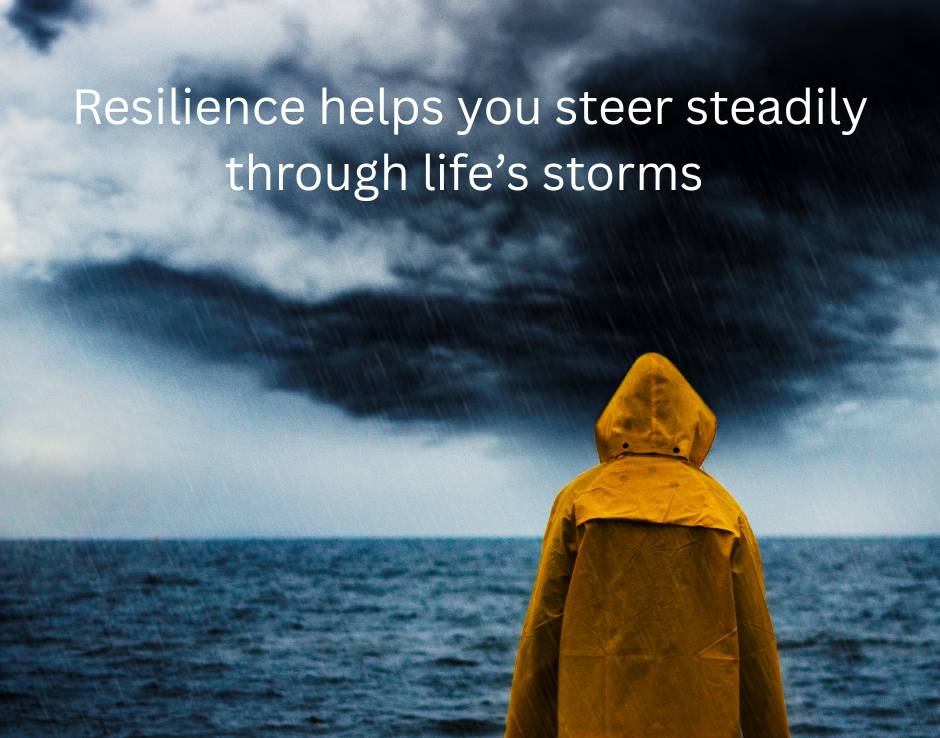
Understanding Resilience and Why It Matters
Resilience is not a magic switch that makes your problems go away. Instead, it is a combination of your behaviours, thoughts and actions that help you respond to difficult situations in a healthy way. I think of resilience as a mental muscle. The more I use it, the stronger it gets, and the more it can help in times of trouble. And of course, there are times where emotions can briefly take over and there is the occasional grumble during an emotional workout. We’re all human, after all. The trick is to recover quickly and assert your dominance over your responses, your emotions and the situation so that you can have the best outcome.
Common Misconceptions About Resilience
There are some common misconceptions which keep resurfacing when we talk about resilience. Here are a few:
- You have to be tough all the time. This is simply not true. We can all do with some help at times. Sometimes resilience is about allowing yourself to be exactly where you are and knowing when to ask for help.
- You are born with it, or you are not. Everyone can grow their resilience through conscious effort and inner work.
- Resilient people never feel sad, anxious or angry. Well, I consider myself to be a resilient person and I can assure you that I do feel sad, anxious and angry – sometimes all at once. Resilience means allowing space for, and acknowledging every feeling. That’s important, but we then need to find a healthy and appropriate way to carry on.
Being resilient does not mean ignoring discomfort or pretending something did not happen. It simply means taking steps that help you recover and live well, even when life throws a few lemons your way – the old adage about, “When life gives you lemons, make lemonade” could have been written about resilience.
Sometimes we underestimate how much resilience is built from overcoming life’s little struggles too. You can use getting stuck in traffic, missing an important call, or having an awkward conversation with a co-worker to build your coping toolkit. By recognising these as mini opportunities to practise, you can begin to understand that you have more experience with resilience than you thought.
Building the Foundations of Resilience – Take Care of Yourself
Strong foundations make it possible to cope with life’s surprises. Just as you would not build a house on a sandy beach, taking care of your mind and body gives you the best chance to recover from setbacks.
Here are 4 things you can do to help develop your resilience:
- Take care of yourself
- Develop a Growth Mindset
- Build problem-solving skills
- Stay connected with loved ones
Let’s take these one at a time.
1. Take Care of Yourself
Small actions that make a big difference:
- Get enough sleep. I am far more resilient after a good night’s sleep than after a Netflix binge gone wrong.
- Eat nourishing meals. I do not need kale smoothies for every meal, but proper nutrition helps with mood and energy.
- Connect with others. A supportive friend, family member or even a pet can make hard times less lonely.
- Exercise regularly. Moving my body, even with a quick walk, helps me feel less stuck and more hopeful.
While these basics do not fix everything, they show that self-care is not selfish or fluffy. It is practical and important for bouncing back from adversity.
In addition to these basics, it is helpful to set realistic expectations for yourself. Not every day needs to be super-productive or cheerful. Allowing yourself to feel down and accepting that not every moment can be turned around straight away, is part of the resilience process too. And learning to love yourself, warts and all, is part of everyone’s emotional and spiritual journey.

2. Cultivate a Growth Mindset
Many people believe that setbacks are proof from the universe that they are doing something wrong or are being punished in some way for things they have done. But this belief (and that’s all it is, a belief), highlights some errors in thinking (another CBT term) that deserve additional scrutiny.
Firstly, the universe is neutral and does not judge anything. Ever. Neither does the unconditionally loving and accepting energy we call Source Energy or God. It is people who judge, and that is to do with their conditioning and subconscious mindset that labels things as either ‘good’ or ‘bad’ based on their own set of ideals and values. Usually these have been passed down by other people, too – well-meaning parents, teachers, religious leaders or society. So when someone breaks their leg in a fall, we tend to label that as ‘bad’. But if that results in them taking some time off work and recovering their mental health and reducing their stress levels, then we would label that as ‘good’. It is not the event that is good or bad, but only the judgment and meaning we assign to it. Understanding this can help you overcome many things, including unconscious bias and stay more positive in a perceived ‘negative’ world.
Practising a growth mindset will also help because people with a growth mindset see difficulties as chances to learn and grow, rather than immediately labelling them as ‘negative’. The term ‘Growth Mindset’ was introduced by a psychologist, Professor Carol Dweck, during her work researching what people believe about themselves and their abilities, and you can read about it in her updated book, “Mindset“.
Ways To Practise a Growth Mindset to Build Resilience
- Replace “I can’t cope with this” with “I can’t cope with this, yet.” The addition of the word ‘yet’ allows your brain to change from thinking the ability is fixed – i.e. you can or you can’t do it – to realising that it is something you can do, practice or improve in the future, and therefore you can see it as something you can move on from
- Notice that there are things to be learnt from mistakes, even when it is uncomfortable or mildly embarrassing – there is still some positive takeaway we can have
- Celebrate small wins. Progress counts, even when it feels slow – two steps forward and one step back is still part of the dance!
Having a growth mindset does not mean you will instantly love every struggle life throws at you, but it can help you stay open to new possibilities, even on days when you would really prefer to hide in bed with some biscuits and the cat!
It lays the foundation of resilience because you will begin to see opportunities where you once only saw problems.
When I start something new, like a hobby or a work challenge, I remind myself that the important part is the learning, not the result. I’ve been recently renovating my shed, and more than once I’ve had to take something down and redo it. And I’ve learned how NOT to do many things in the process, so I won’t be making those mistakes again in the future!
Over time, this approach helps when things are tough, making it easier to handle setbacks with less frustration and more patience.
3. Build Problem-Solving Skills
Facing problems directly, instead of pretending they will go away, is the ‘grown-up’ thing to do and helps them feel less scary. Developing problem-solving skills will help you break big issues into manageable steps. And building a set of steps will help you over the wall!
Steps you can use to work through problems and build your resilience:
- Define the challenge. Sometimes just writing it on a sticky note helps.
- Brainstorm possible solutions. No idea is too silly at this stage. (I once solved a work problem by taking a walk and talking to my cat. She had some great facial expressions and it gave me the space to really see the issue from a distance.)
- Weigh the pros and cons. Think about what might happen if you try each option. Be realistic here and question your thought process. Are your fears justified or are they just automatic thoughts that you have habitually gone to? Dig deep and create realistic probabilities of your fears happening. E.g. No one will ever love me again? Is this a true reality? Really? Or does it just come from your inner fear?
- Take action. Pick a step, even if it is a small one, and see how it goes. If it doesn’t bring the result you want, do something different. Keep doing that until you get to where you want to be.
The key here is that if something does not work, try the next idea. The more you practise this, the more confident you will feel handling new challenges (and the better your cat’s CV gets!)
It is also helpful to keep a problem log: jot down how you worked through a tricky situation and what you learned. This habit helps remind you that you have made progress and survived past challenges, which will boost your confidence the next time you face a challenge.
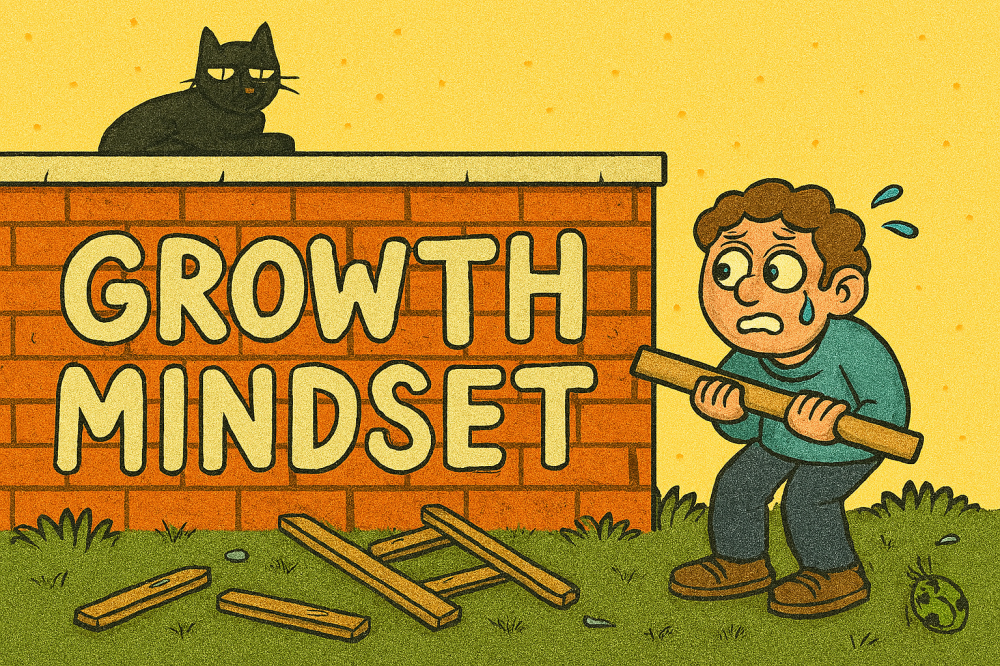
4. Stay connected during tough times
When things go wrong, my personal first instinct used to be to retreat, hide away and do everything alone. I was never very good at asking for help when I was younger, but I have learned a much better strategy as time has passed.
For one, I have learned that reaching out is not a weakness but a strength because it overcomes our inner fear of rejection and judgment. When you ask for help, you realise that you are worthy of love, even if you have challenges, and instead of hiding away from problems, you will be rewarded by stronger and more authentic connections in your life.
Connection with others helps build resilience by giving you a different perspective, encouragement and comfort. Even sending a silly meme to a friend or getting one in return can lift your mood during a hard week. And as I said earlier, humour is a great way to get you out of poor thinking habits.
Ways to reach out:
- Contact someone you trust and let them know what is going on
- Join an online group or forum with people who have similar experiences
- Consider professional support, such as a counsellor or therapist, if things feel too much
It is normal to feel awkward at first, but people are kinder than you expect, especially if you are honest about what you are going through. Sharing your experiences in safe spaces, with a close friend, in a support group, or even anonymously online, can help you realise you are not alone. Often, when others open up, you might find advice or encouragement you had not thought of, which can make a real difference to them AND you.
Common questions and troubleshooting
Is there a quick way to become resilient?
I wish. Resilience is a process that gets easier with practice. Little steps add up, so there is no rush.
What should I do if I keep feeling overwhelmed?
- Take a break and focus on one small thing at a time
- Reach out for support
- Use mindfulness or breathing exercises to calm your mind, even if you do not do them perfectly
- Contact a professional if you are feeling completely overwhelmed
How can I tell if I am becoming more resilient?
You might recover faster from setbacks, worry less about things outside your control, and be gentler with yourself during mistakes. Sometimes this looks like laughing about a mishap rather than spiralling for days and that is real progress. Another sign is feeling more resourceful: you seem to find new solutions and adapt your strategies when things do not go to plan. Over time, this flexible thinking becomes second nature.
Building resilience is about habits, support and self-compassion. Even if you stumble, every effort helps you come back stronger and better prepared for whatever comes next. Resilience is not about never being knocked down. It is about getting back up, giving yourself time, and moving forward, even with messy hair and yesterday’s socks. And we’ve all done that, haven’t we?!
Building Resilience: Your Next Steps:
- Pick one small resilience habit to start today, such as developing a Growth Mindset or setting aside personal time for self-care
- Download your FREE Growth Mindset infographic here
- Reach out to a trusted friend, support group or professional if things feel too much
- Remind yourself that every step forward, however small, is worthwhile
What is one thing you will try this week to build your resilience? Keep at it — the little things add up to something much bigger and lasting.

Recommended resources
Here are some links to books that I have found useful in building resilience:
Mindset: Changing the way you think to fulfil your potential” by Carol Dweck
“Unlimited Power” and other books by Tony Robbins
“Change your thoughts, change your life” by Dr Wayne Dyer
Related Posts
How to overcome the fear of failure
Happiness at work: Building a positive environment
To me or through me? How to think better thoughts

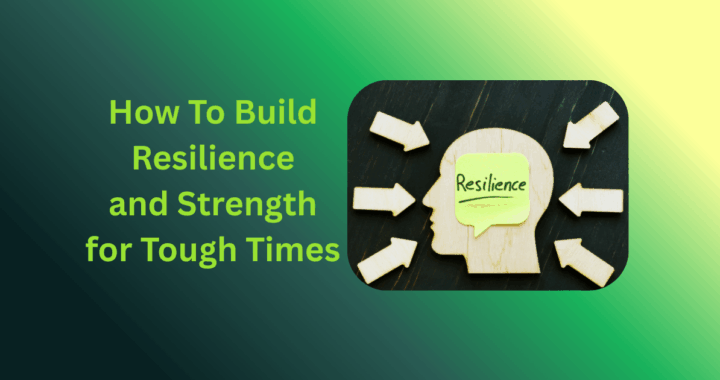
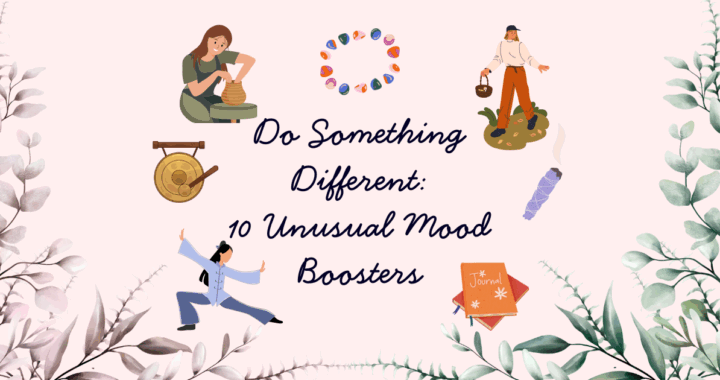
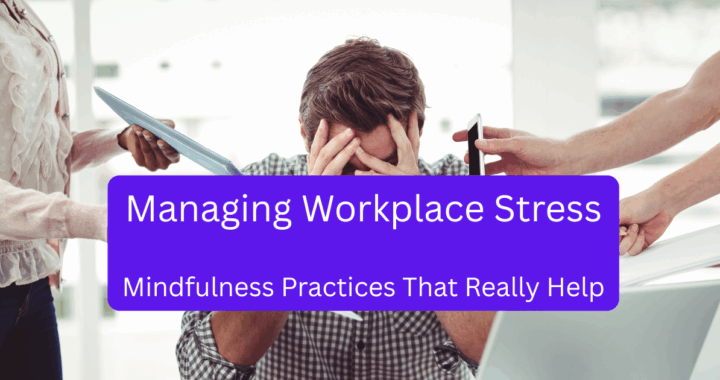

Thank you for this thoughtful piece on resilience. I couldn’t help but reflect on how closely your description of “getting back up, even with messy hair and yesterday’s socks” echoes the Biblical truth that God’s strength is made perfect in our weakness (2 Corinthians 12:9).
As Christians, we know resilience is not just about bouncing back on our own—it’s about leaning on the Lord when storms come. Jesus told us in John 16:33, “In this world you will have trouble. But take heart! I have overcome the world.” That promise gives us a foundation stronger than any self-help strategy.
I appreciate your practical tips like self-care, growth mindset, and staying connected. I would add that prayer, Scripture, and fellowship with other believers can be powerful anchors too. True resilience is built when we place our trust in Christ, knowing He will never leave us or forsake us.
This was an encouraging reminder, and I pray others are strengthened not just in their mindset, but in their faith as they walk through life’s challenges.
Hi Jason
Thanks so much for your perspective here on building resilience. I like that you have a strong faith in your own spirituality, and although I don’t really follow any particular religion, I do agree that God is the source of everything and is always there, offering help, guidance and support, whether we are conscious of it or not. I do pray, say thank you and am mindful of the presence of the Divine in everything I do. And I can tell you, that there are times, when we all need to rely on and trust in the power of the Creator.
I like the inclusion of praying and trusting in your own practice as I think it is important to trust and have faith.
Thanks for sharing your perspective here and all the best in whatever you are doing.
Gail
What a thoughtful and empowering post! I really appreciate how you’ve broken down resilience into something practical and human, rather than making it sound like a superpower that only a few people are born with. The analogy of steering your own ship through unpredictable storms really resonated with me—it’s such a vivid reminder that while we can’t control life’s challenges, we can control how we respond. I also love how you highlighted the misconceptions around resilience, especially the idea that resilient people never feel sad, anxious, or angry. It’s refreshing to see the reminder that resilience is not about ignoring emotions but about acknowledging them and still finding a way forward. Your tips—like self-care, building problem-solving skills, and reaching out to others—make resilience feel accessible and doable for everyone. Thank you for sharing such an honest, relatable perspective. This is exactly the kind of message people need when life feels overwhelming.
Hi Andre. Glad to see you back and reading more posts here. I’m so pleased that you are enjoying them and getting something out of them too. I like the ship analogy too and I’m always reminding my daughters to work on the things they can change, rather than worry about the things they cannot. I think that is a life-long lesson for some. Life is full of surprises that we cannot predict, but I always say, “It’s not what happens to you that matter, but it’s how you respond to what happens that makes all the difference.”
Wishing you a happy day.
Gail
Dear Gail,
Recently, my life has one more challenge. Actually, it was the echoes from the past when I was still resistant as the situation occurred.
And i would like to share the similar idea but with different point of view. Because in personal, I think I have the similar situation with your past.
My approach is Psychology and it is derived from Carl Jung. He calls those challenges that keep repeat from time to time as “shadow works”. He also shares the similar like you said in your blog “you can choose how to react to situations”.
Carl Jung just dig deeper level. His work shares that in general, we have 3 options. Option A: reacting with the situation with the unconscious mind. Option B: do nothing. it equals that we choose to NOT reacting with the unexpected situation. And the last option: mitigating and soften our reaction by take a deep breath -> hold one second -> breath out. The breath exercise is the first step of the process “resilience”.
Maybe I am a male so I have some difference view with you. Special about “Is there a quick way to become resilient?” -> i think the answer is washing the face with the cold water. -> not drinking water with ice. -> I think this method would not bring benefit to woman body.
Because I see the things during the woman period of my girlfriend.
In the past, before know me, my girlfriend also had the hard time like you. I talk about “When things go wrong, my personal first instinct used to be to retreat, hide away and do everything alone”-> my girlfriend, once, shares with me that in her childhood, she felt alone. When my girlfriend was about 5 years old or so, she was hidden under the bed and cry alone by herself. And then, she was scared with the shadow and the dark under the bed. She decided to crawl out. But, since then, my girlfriend Xiu Yue started to wear a mask using for society.
After the high school, my girlfriend allows to study about EQ. Now, it still has little echoes. However, she does not alone anymore. Because she has me now. And I am also practicing “resilience” since I continue to learn about EQ.
Thus, i feel calm some and grateful when i know both me and my girlfriend Xiu Yue are growing together. Not only about personality but also grow at the Soul Level. Together. Not alone like the past. We already let it go. For our future join life together come!
Hi there. Lovely to meet you and thank you for sharing your heartfelt story and experiences here. I know the Carl Jung theories that you mention and his work has been the basis for a lot of psychology work. HIs ‘shadow work’ is a lot of the work that we do in coaching and dealing with limited beliefs because these ideas come from somewhere in the experiences that we have, usually as children.
I think it is good that both you and your girlfriend are working on your resilience and emotional intelligence together and wish you well with your work. You might like to read my post on emotional intelligence too, which gives you some other points about this important aspect of self. All the best. Feel free to come back and let me know how you are getting on.
Gail